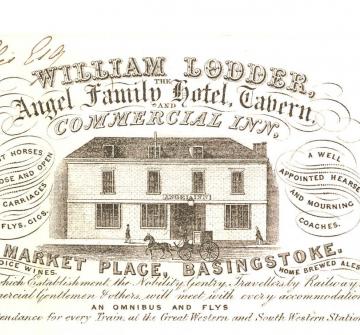Basingstoke road transport 1700 to 2013.

A Great Thoroughfare.
In 1700 Basingstoke was dependent on land transport as it was 15 miles from the nearest navigable water, the Thames at Reading. Passenger and long distance goods traffic developed during the 18th and 19th centuries and local carrier services in the 19th and 20th centuries. For most people at the start of this period walking was the only option. Some would ride their own horses. Farmers’ carts brought produce for sale to market towns such as Basingstoke. Long distance wagons took passengers but they moved slowly at not more than 2½ - 3 miles an hour.
Paterson gave a contemporary view (1826) of Basingstoke’s location:
‘Situated on the line of road from London to Southampton, Winchester and Poole, and also at the point of division on the road to Salisbury, Exeter, Plymouth ……. Basingstoke is consequently a very great thoroughfare, and participates not only in the advantages resulting from the expenditure of travellers but also from large establishments of horses and men in the employ of the several coach proprietors, engaged in working the western mails and other stages and whose several concerns in this town are conducted on an extensive scale’.[1]
Read about the development in the attached document.[1] E.Mogg, Paterson’s Roads, Being an accurate description of all the cross roads in England and Wales, 18th edition (London 1826), 573.
Content derived during research for the new VCH Hampshire volume, Basingstoke and its surroundings.



